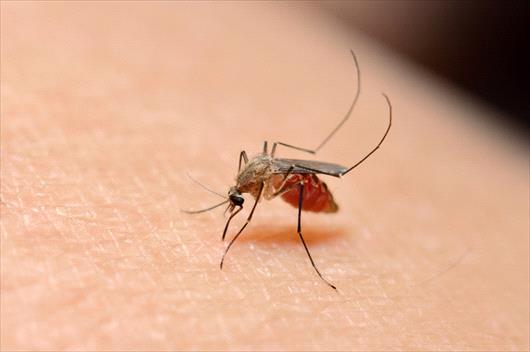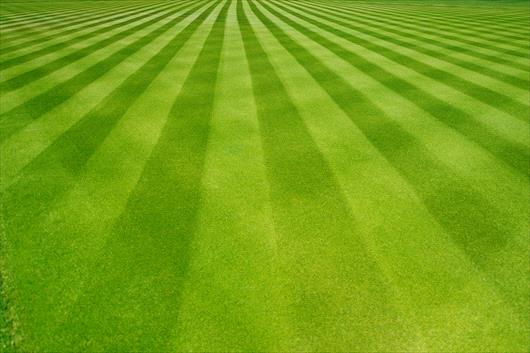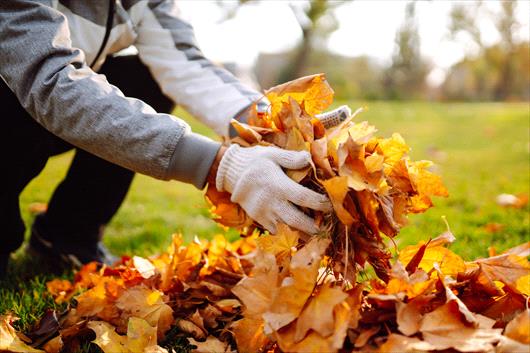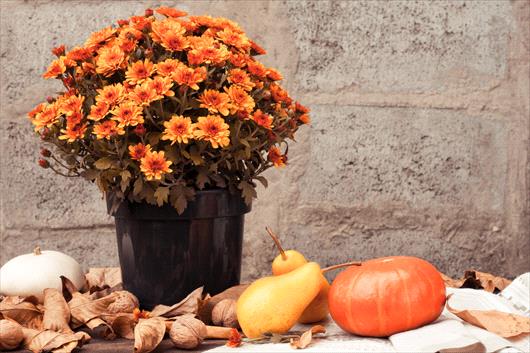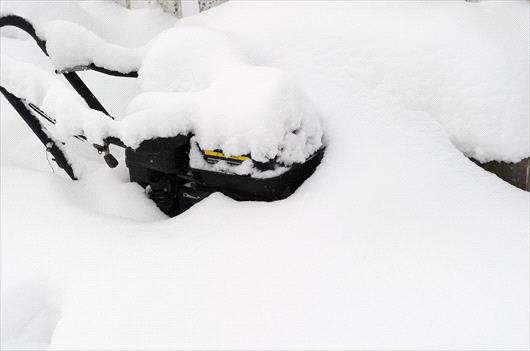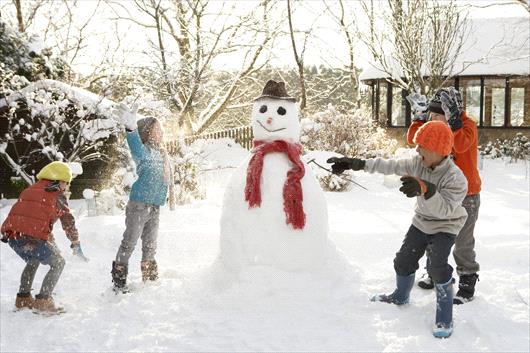Your Cart

Thatch: the Good, the Bad, and the Cleanup
Mar 27, 2023
Thatch is the naturally occurring layer of organic debris, like grass clippings and leaves, located between your lawn’s grass roots and the soil. Over time, this mix of dead and living plant material builds up around the grass roots. Sometimes that’s good, delivering beneficial nutrients to your lawn. Sometimes, however, it’s bad, acting as a barrier to those same nutrients. Here’s the difference, plus how to dethatch your lawn when a cleanup becomes necessary. Benefits of Good Thatch: Some thatch is good for your lawn. When the layer of thatch remains thinner than about half an inch, it acts as organic mulch, conserving soil moisture and protecting against fluctuations in soil temperature. It also helps nutrients, water, and air penetrate the soil, nurturing the growth of the grass. However, it’s important to keep this layer thin, or the benefits of thatch will turn into trouble. Disadvantages of Thick Thatch: When the layer of thatch becomes too thick, thicker than about an inch, the benefits stop. At this point, the thick barrier of organic material is acting as a barrier to vital nutrients. Water, sun, air, and fertilizer will be blocked from the soil, so all your good efforts aren’t making it to the roots of the grass. This is when it becomes necessary to dethatch your lawn. How to Dethatch Your Lawn: There are a couple effective methods of dethatching your lawn. Raking is a common way to do it yourself. Whether you have a standard leaf rake or a heavier metal one with stronger blades, you can dig up layers of debris from your lawn. Scrape the grass in a crisscross pattern to get at the thatch from all angles. Once the thatch has been dislodged, make sure you remove it from the surface of your lawn.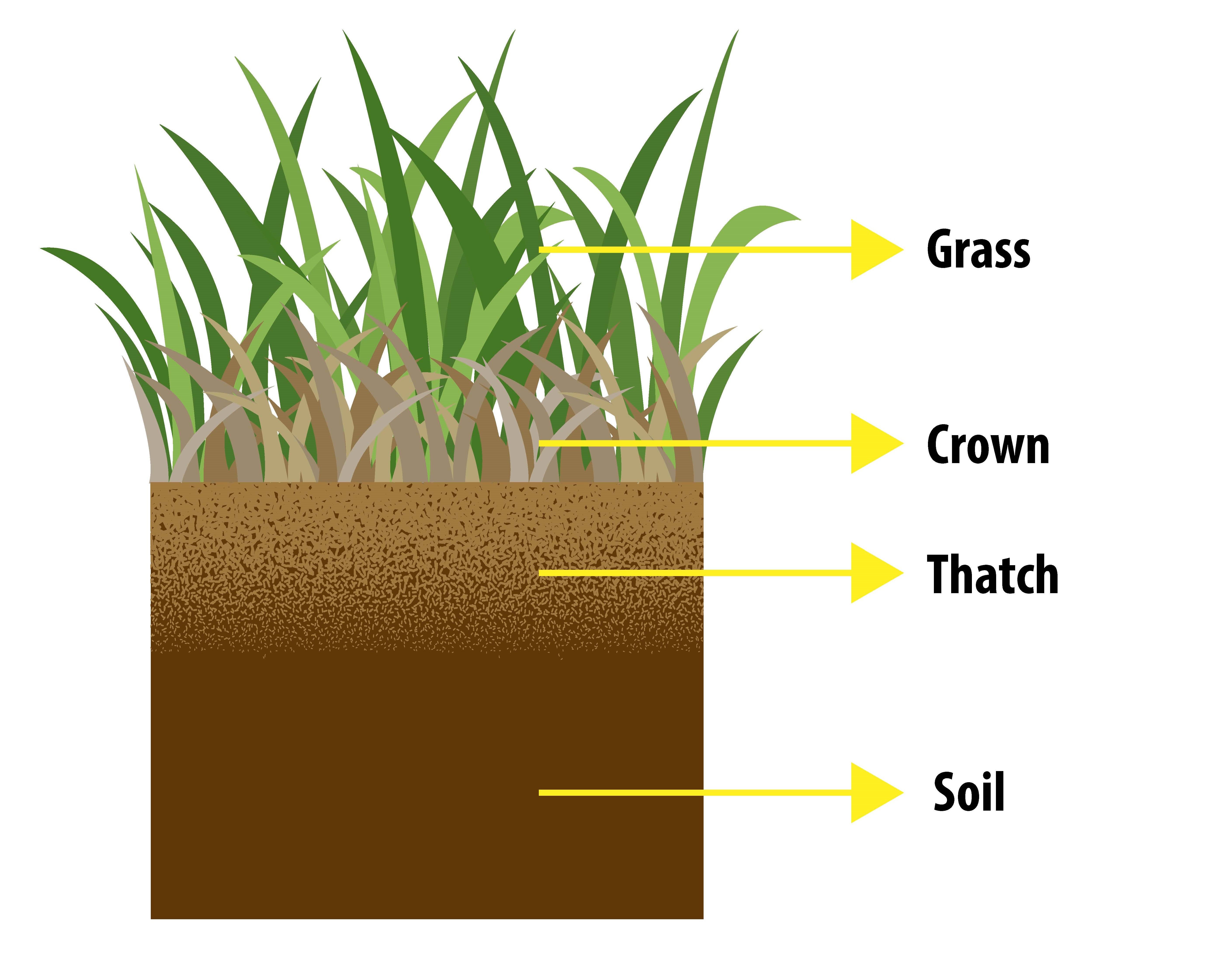
 English (USA)
English (USA) Français (CANADA)
Français (CANADA)
